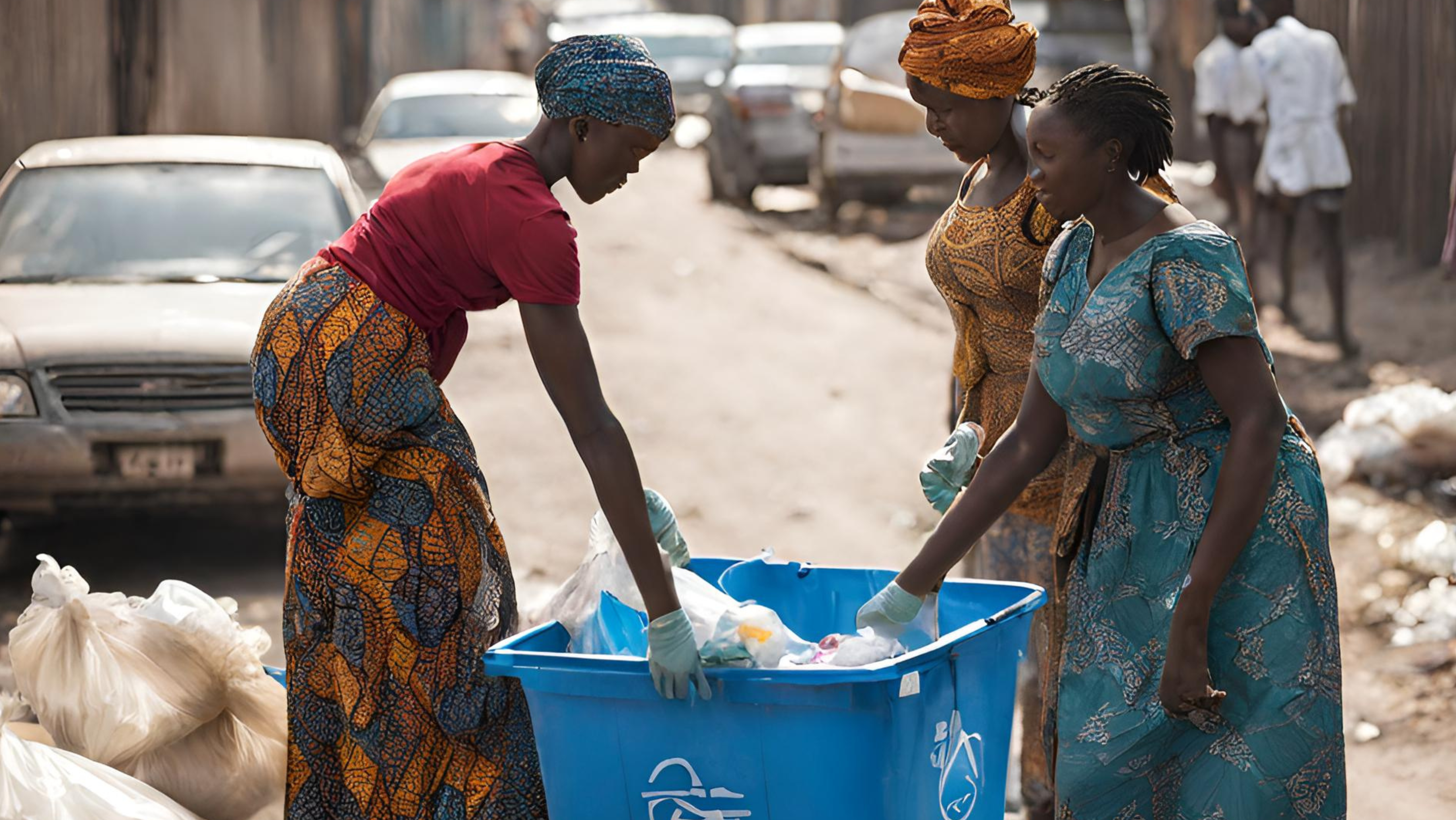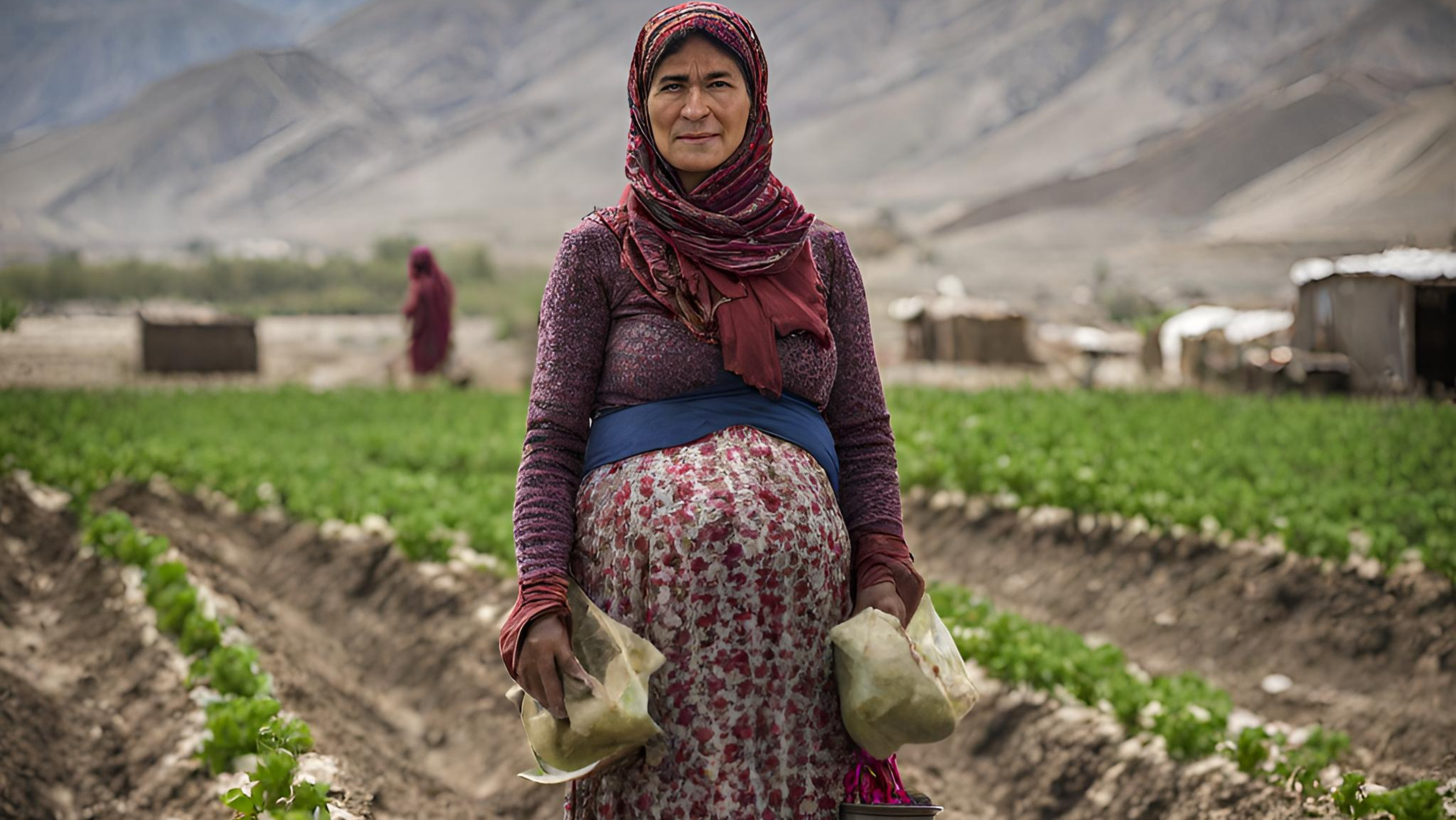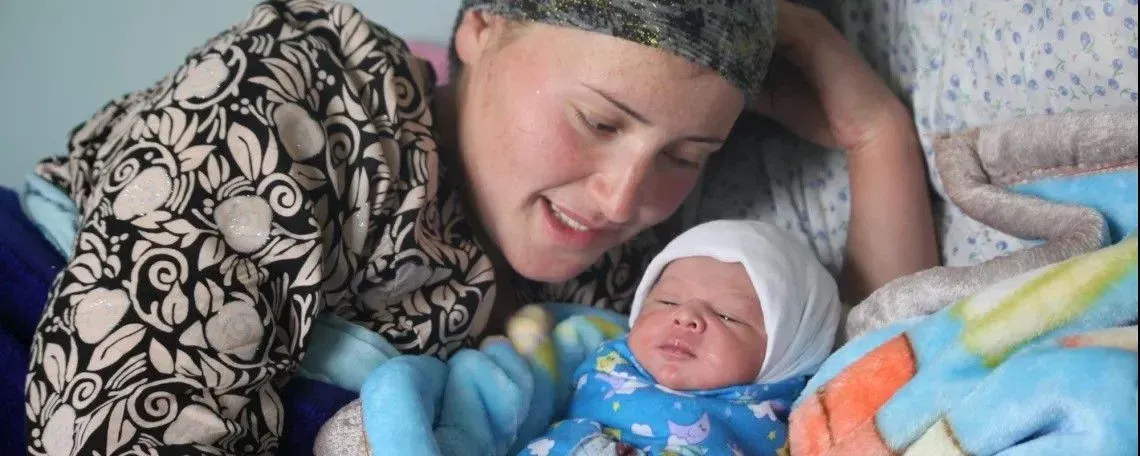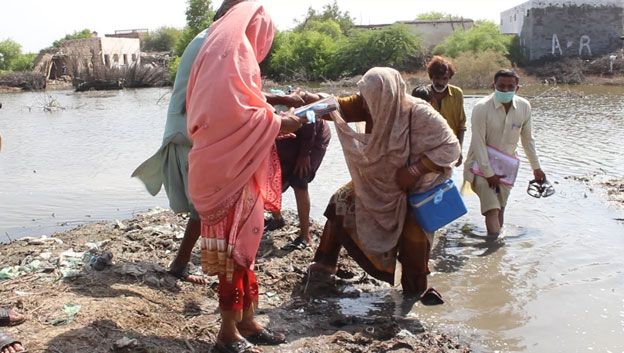Latest updates
SAVING CLIMATE TO SAVE MOTHERS AND CHILDREN
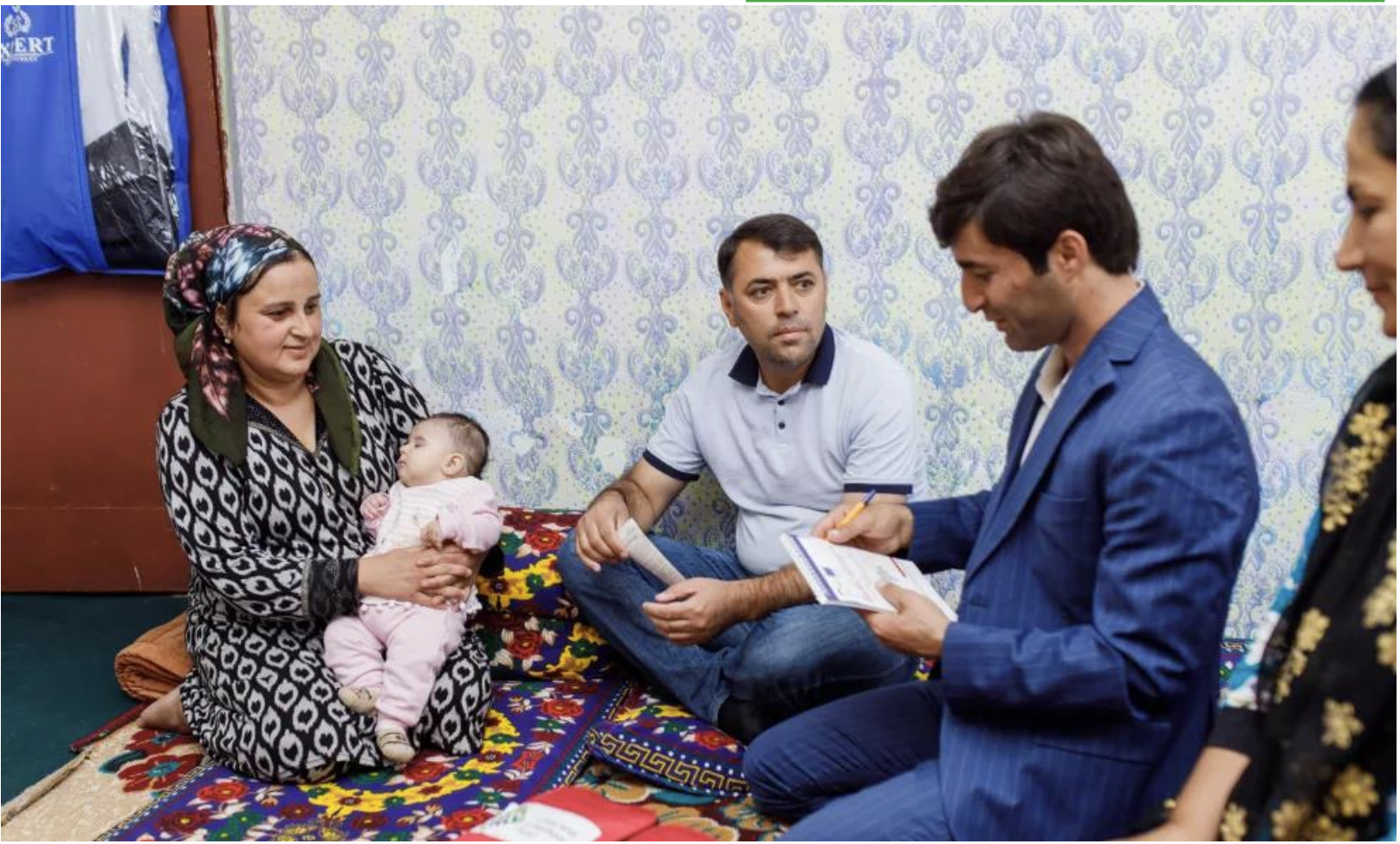
Tajikistan is a mountainous country in Central Asia and is highly vulnerable to the effects of climate change. Due to its geographical location, Tajikistan is at increased risk of glacial melting, extreme weather events and water shortages. Over the past few decades, average temperatures have risen, leading to a rapid decline in the glaciers that provide most of the country's freshwater.
This affects agriculture, a vital sector of the economy, and has significant implications for public health and the medical sector. Rising temperatures and changing weather patterns contribute to the spread of diseases, including vector-borne diseases such as malaria and dengue fever, as warmer conditions create a favorable environment for mosquitoes.
Water shortages caused by glacial melt and irregular precipitation are leading to sanitation challenges, increasing the risk of waterborne diseases such as cholera and diarrhea. Additionally, extreme weather events like floods and heatwaves are straining healthcare systems, causing injuries and heat-related illnesses, particularly among vulnerable populations such as children, the elderly, and those with preexisting conditions.
CLIMATE CHANGE – A GROWING THREAT TO MATERNAL, NEWBORN AND CHILD HEALTH
Climate-related disruptions, such as droughts and floods, negatively affect agriculture, leading to food shortages. This can result in higher rates of malnutrition among pregnant women, newborns, and children, compromising their immunity and growth. Malnutrition during pregnancy also increases the risk of complications during childbirth and can affect newborn development. Waterborne diseases come from changing rainfall patterns, melting glaciers and water scarcity increase the risk of water pollution and sanitation. This increases the incidence of diarrheal diseases, which are the leading cause of child mortality in our country.
Pregnant women and young children are particularly vulnerable to these infections, which can impair maternal health and lead to early delivery or low birth weight. Access to health care can be another challenge, as extreme weather events such as floods or landslides, common in mountainous areas of Tajikistan, can damage roads and infrastructure, making it difficult for pregnant women and children to access health services. This can delay critical care such as prenatal check- ups, skilled birth attendance or postnatal care, increasing the risk of complications or maternal and infant mortality. Heat stress and air quality Rising temperatures as a result of climate change can lead to heat stress, especially in pregnant women. Poor air quality caused by environmental conditions or changing weather patterns can worsen respiratory diseases in children, further worsening health conditions in already resource-poor areas.

SECTORAL CHALLENGES
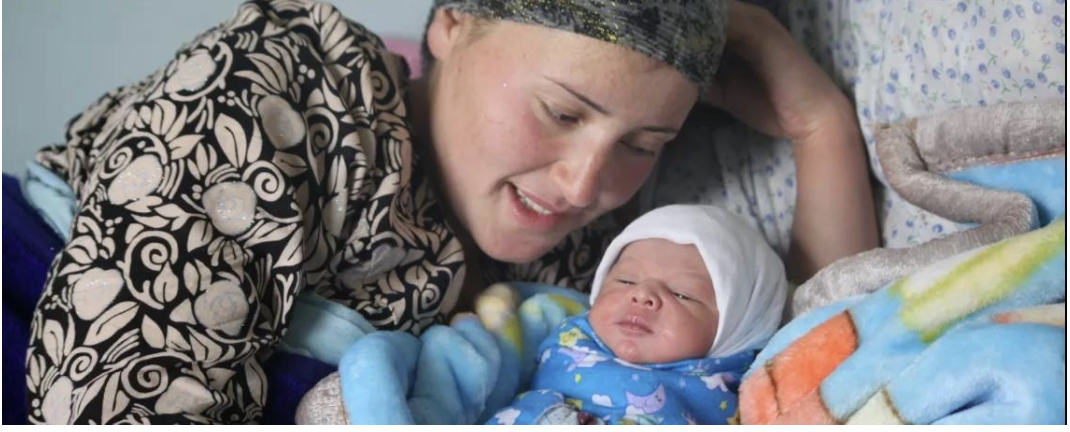
Improving maternal and child health outcomes in Tajikistan requires climate adaptation and resilience building, such as strengthening health infrastructure, enhancing disease surveillance, improving nutrition, and ensuring access to clean water and sanitation facilities.
Extreme weather events and changing climatic trends in Tajikistan create several challenges for the maternal, newborn and child health (MNCH) sector as:
Difficulties in accessing health services can be caused by floods, landslides, and avalanches, which often occur due to Tajikistan's mountainous terrain and cause damage to infrastructure such as roads and bridges. This makes it difficult for pregnant women and children to access health facilities, especially in rural and remote areas. Emergency maternal care, antenatal and postnatal services may be delayed or unavailable during extreme weather events, increasing the risk of maternal and infant mortality.
Waterborne diseases and sanitation problems associated with extreme weather conditions, including heavy rains, and melting glaciers, often lead to flooding and contamination of water sources. Poor sanitation and lack of access to clean water increase the incidence of waterborne diseases such as cholera, diarrhea, and typhoid fever, which affect newborns and children to a greater extent. Diarrhea, the leading cause of child mortality in developing countries, is often exacerbated by climate-induced water problems, leading to dehydration and malnutrition among young children.
Heat waves and rising temperatures can lead to climate change-induced temperature increases putting pregnant women and newborns at risk from heat stress, especially those living in rural areas with limited access to cooling or health facilities. Heat stress during pregnancy can lead to preterm labor, low birth weight, and maternal complications. Children are also susceptible to dehydration and heat-related illnesses, especially in poverty-stricken settings.
Increased incidence of transforming diseases as warming temperatures and changing rainfall patterns facilitate the spread of transforming diseases such as malaria and dengue fever, which can have serious consequences for pregnant women and young children. Pregnant women are more susceptible to malaria, which can cause complications such as miscarriage, stillbirth and premature birth, and children are at higher risk of death from these diseases.
LIVES AND LIVELIHOODS FUND ACTIONING CLIMATE ADAPTATION MEASURES IN KHULTOON REGION
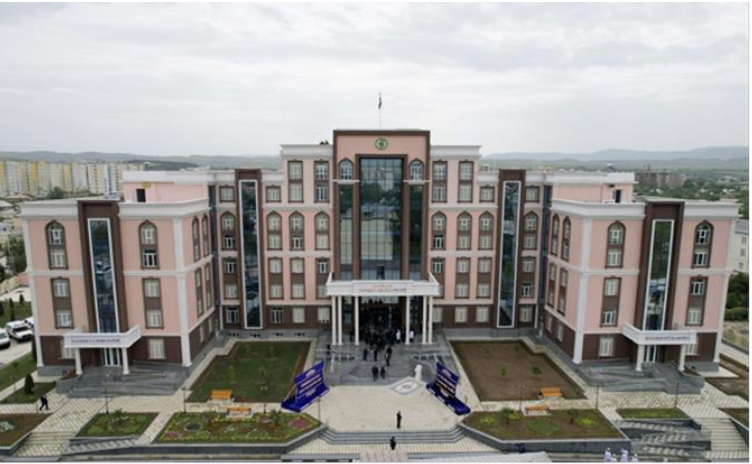
The strain on Tajikistan's health infrastructure, particularly in rural areas, is often under-resourced and poorly prepared for the additional strain caused by extreme weather events. Power and water supply disruptions to health facilities during floods or droughts limit their ability to provide safe delivery and other maternal and child health services, posing additional risks to MNCH outcomes.
The Lives and Livelihoods Fund (LLF)-funded Maternal, Newborn, and Child Health Services (MNCH) project in Tajikistan has greatly impact in the main health sector issues in Khatlon region. The project aims to improve health outcomes in vulnerable communities by focusing on several key areas that link climate resilience with MNCH services:
- Improving Healthcare Infrastructure and Access: The project has enhanced healthcare infrastructure in target communities by making clinics and hospitals more easily accessible. This includes reinforcing buildings and providing transport to ensure continuous access to healthcare services during extreme weather events such as floods or landslides.
- Water, Sanitation, and Hygiene (WASH) Programs: A major component of the LLF-funded project is improving water, sanitation, and hygiene (WASH) facilities in healthcare settings and communities. Access to clean water and proper sanitation is essential for preventing waterborne diseases that disproportionately affect mothers and children, especially in areas prone to climate-induced water shortages or flooding.
- Emergency Preparedness and Response: In response to the increasing frequency of extreme weather events, the LLF project has focused on emergency preparedness. This includes training healthcare workers on related risks and ensuring that healthcare facilities are equipped to handle an influx of patients during emergencies like floods or heatwaves.
- Community Awareness and Education: The project has increased community awareness of the links between climate change and health, particularly in relation to maternal and child well-being. Educational campaigns have been conducted to inform mothers about climate-related health risks, such as heat stress, waterborne diseases, and malnutrition, and the necessary steps to protect themselves and their children.
- Installation of the Referral System among Health Facilities: It’s a crucial step in improving the efficiency and effectiveness of healthcare delivery, particularly in the context of maternal, newborn, and child health (MNCH). This system will ensure timely and appropriate referrals for patients needing specialized care, improving outcomes for at-risk mothers and children in Khatlon areas.
CONCLUSION
In summary, the LLF-funded MNCH project in Tajikistan has integrated climate resilience to help communities adapt to the growing impacts of climate change on maternal and child health. By improving healthcare infrastructure, water access, nutrition, and emergency preparedness, the project strengthens both immediate and long-term resilience for mothers, newborns, and children. However, continued investment in healthcare systems and international support is necessary to further enhance Tajikistan's capacity to address the evolving challenges posed by climate change.
ABOUT IMPROVING MATERNAL, NEONATAL AND CHILD HEALTH SERVICES IN FOUR DISTRICTS OF KHATLON REGION PROJECT – TAJIKISTAN
The project aligns with the goals of the National Development Strategy (2016-2030) and the National Comprehensive Health Strategy (2010-2020), which focus on gradually reducing maternal and child mortality rates and addressing the burden of infectious diseases. It complements the efforts of the government and supports the strategic pillar of the IsDB Year Strategy on “Inclusive Social Development.” The project aims to lower maternal and child mortality while driving significant improvements in the quality of Maternal, Neonatal, and Child Health (MNCH) services in the region.
This article was developed by the IMPROVING MATERNAL, NEONATAL AND CHILD HEALTH SERVICES IN FOUR DISTRICTS OF KHATLON REGION PROJECT - TAJIKISTAN with the support of the Lives and Livelihoods Fund (LLF). The content of this document is the sole responsibility of the Project and does not reflect the views of LLF or its donors.
Related articles
Cookies
By browsing our website you accept our Terms and Conditions


